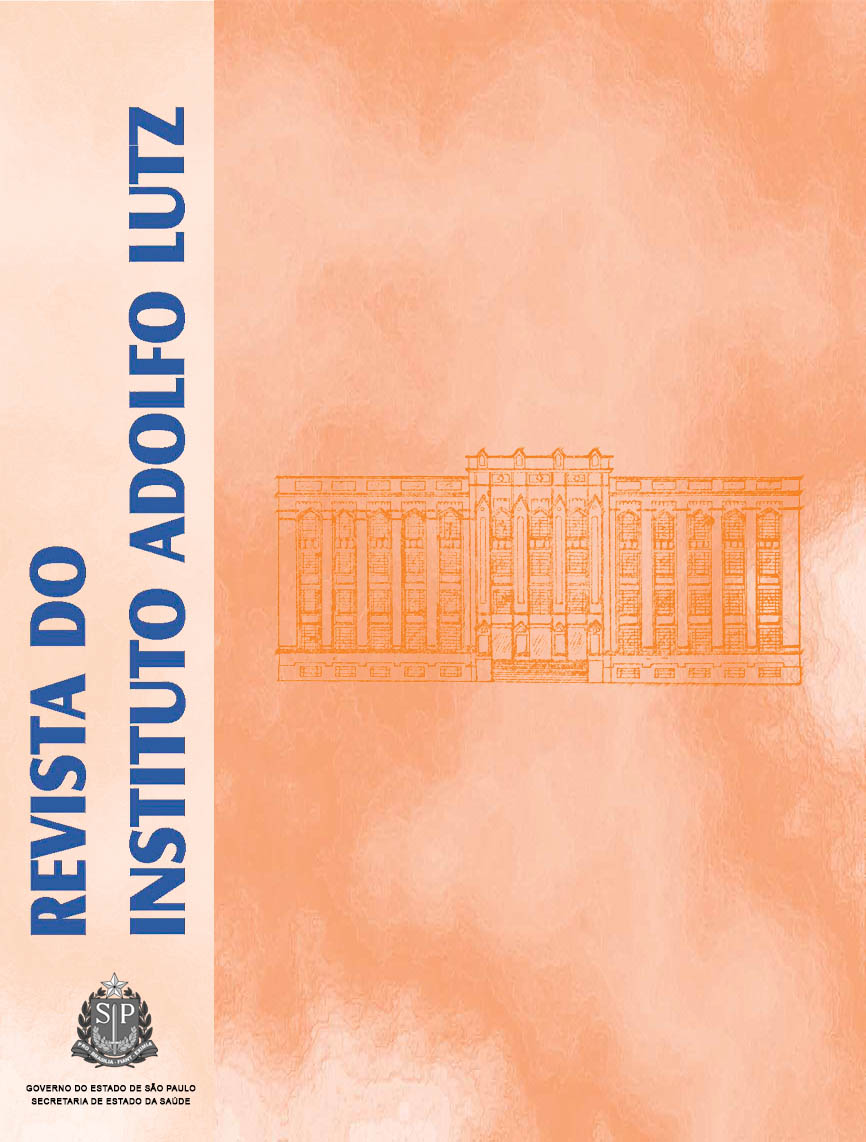Abstract
Leishmaniasis is a severe protozoan parasite disease, causing clinical symptoms from a single cutaneous ulceration to a progressive and fatal disease. The treatment is based on toxic chemotherapeutic compounds, being pentavalent antimonials the first line drugs. Natural products from Brazilian fauna, especially animal venoms and cutaneous secretions, are a rich source of novel chemical molecules which could be used as drug prototypes for the development of new therapeutics. This study describes for the first time the effective antileishmanial activity of crude cutaneous secretion from the giant African snail, Achatina fulica, and its mammalian cells citotoxicity and also its potential mode of action against Leishmania promastigotes. The crude secretion showed an 50% Effective Concentration (EC50) of 98.37 μg/mL against L.(L.) chagasi promastigotes. By means of enzymatic assays, a L-amino acid oxidase (L-AAO) activity was detected in crude secretion, and the hydrogen peroxide produced by this enzyme revealed to be one of the compounds responsible for the antileishmanial effect. The use of catalase for H2O2 scavenging in Leishmania cultures incubated with crude secretion abolished 54% of parasite death. Despite a moderate toxicity of the snail cutaneous secretion on LLC-MK2 mammalian cells (EC50 of 83.25 μg/mL), these promising data provided the valuable information for further chromatographic isolation of novels antiparasitics, which could be a useful tool for the development of new drugs against Leishmaniasis.References
1. Takeuchi H, Araki Y, Emaduddin M, Zhang W, Han XY, Salunga TL, Wong SM. Identifiable Achatina giantneurones: their localizations in ganglia, axonal pathwaysand pharmacological features. Gen Pharmacol 1996; 27(1): 3-32.
2. Teles HM, Vaz JF, Fontes LR, Domingos Mde F. Occurrence of Achatina fulica Bowdich, 1822 (Mollusca, Gastropoda) in Brazil: intermediate snail hostof angiostrongyliasis. Rev Saude Pública 1997; 31(3):310-2.
3. Tempone AG, Melhem MSC, Prado FO, Motoie G, Hiramoto RM, Antoniazzi MM, Haddad CFB, Jared C. Amphibian secretions for drug discovery studies: a searchfor new antiparasitic and antifungal compounds. Lett DrugDes & Discovery 2007; 4 (1): 67-73.
4. Otsuka-Fuchino H, Watanabe Y, Hirakawa C, Tamiya T, Matsumoto JJ, Tsuchiya T. Bactericidal action of aglycoprotein from the body surface mucus of giant African snail. Comp Biochem Physiol C 1992; 101 (3):607-13.
5. Ehara T, Kitajima S, Kanzawa N, Tamiya T, TsuchiyaT. Antimicrobial action of achacin is mediated by L-amino acid oxidase activity. FEBS Lett 2002; 531 (3):509-12.
6. Lee YS, Yang HO, Shin KH, Choi HS, Jung SH, Kim YM,Oh DK, Linhardt RJ, Kim YS. Suppression of tumor growthby a new glycosaminoglycan isolated from the Africangiant snail Achatina fulica. Eur J Pharmacol 2003;465(1-2): 191-8.
7. Croft SL, Sundar S, Fairlamb AH. Drug resistance inleishmaniasis. Clin Microbiol Rev 2006; 19 (1): 111-26.
8. Davies CR, Kaye P, Croft SL, Sundar S. Leishmaniasis:new approaches to disease control. BMJ 2003; 326(7385):377-82.
9. Balanã-Fouce R, Reguera RM, Cubria JC, Ordonez D. Thepharmacology of leishmaniasis. Gen Pharmacol. 1998 Apr;30(4): 435-43.
10. Tada H, Shiho O, Kuroshima K, Koyama M, TsukamotoK. An improved colorimetric assay for interleukin 2. J Immunol Methods 1986; 93 (2): 157-65.
11. Tempone AG, Perez D, Rath S, Vilarinho AL, Mortara RA, de Andrade HF Jr. Targeting Leishmania (L.) chagasiamastigotes through macrophage scavenger receptors: theuse of drugs entrapped in liposomes containingphosphatidylserine. J Antimicrob Chemother 2004;54 (1): 60-8.
12. Torii S, Naito M, Tsuruo T. Apoxin I, a novel apoptosis-inducing factor with L-amino acid oxidase activity purified from western diamondback rattlesnake venom. J Biol Chem1997; 272: 9539-42.
13. Tempone AG, Andrade HF Jr, Spencer PJ, Lourenco CO, Rogero JR, Nascimento N. Bothrops moojeni venom kills Leishmania spp. with hydrogen peroxide generated by
14. its L-amino acid oxidase. Biochem Biophys Res Commun2001; 280 (3): 620-4.
15. Cohen BE, Benaim G, Ruiz MC, Michelangeli F. Increased calcium permeability is not responsible for the rapid lethaleffects of amphotericin B on Leishmania sp. FEBS Lett1990; 259 (2): 286-8.
16. Kubota Y, Watanabe Y, Otsuka H, Tamiya T, Tsuchiya T,Matsumoto JJ. Purification and characterization of an antibacterial factor from snail mucus. Comp Biochem Physiol C 1985; 82 (2): 345-8.
17. Tan N-H, Swaminathan S. Purification and properties ofL-amino acid oxidase from monocellate cobra (Naja najakaouthia) venom. Int J Biochem 1992, 24:967-73.
18. Pessatti ML, Fontana JD, Furtado MFD, Guimarães MF, Zanette LRS, Costa WT, Baron M. Screening of Bothropssnake venoms for L-amino acid oxidase activity. Appl Biochem Biotech 1995; 51: 197-210.

This work is licensed under a Creative Commons Attribution 4.0 International License.
Copyright (c) 2007 Instituto Adolfo Lutz Journal
